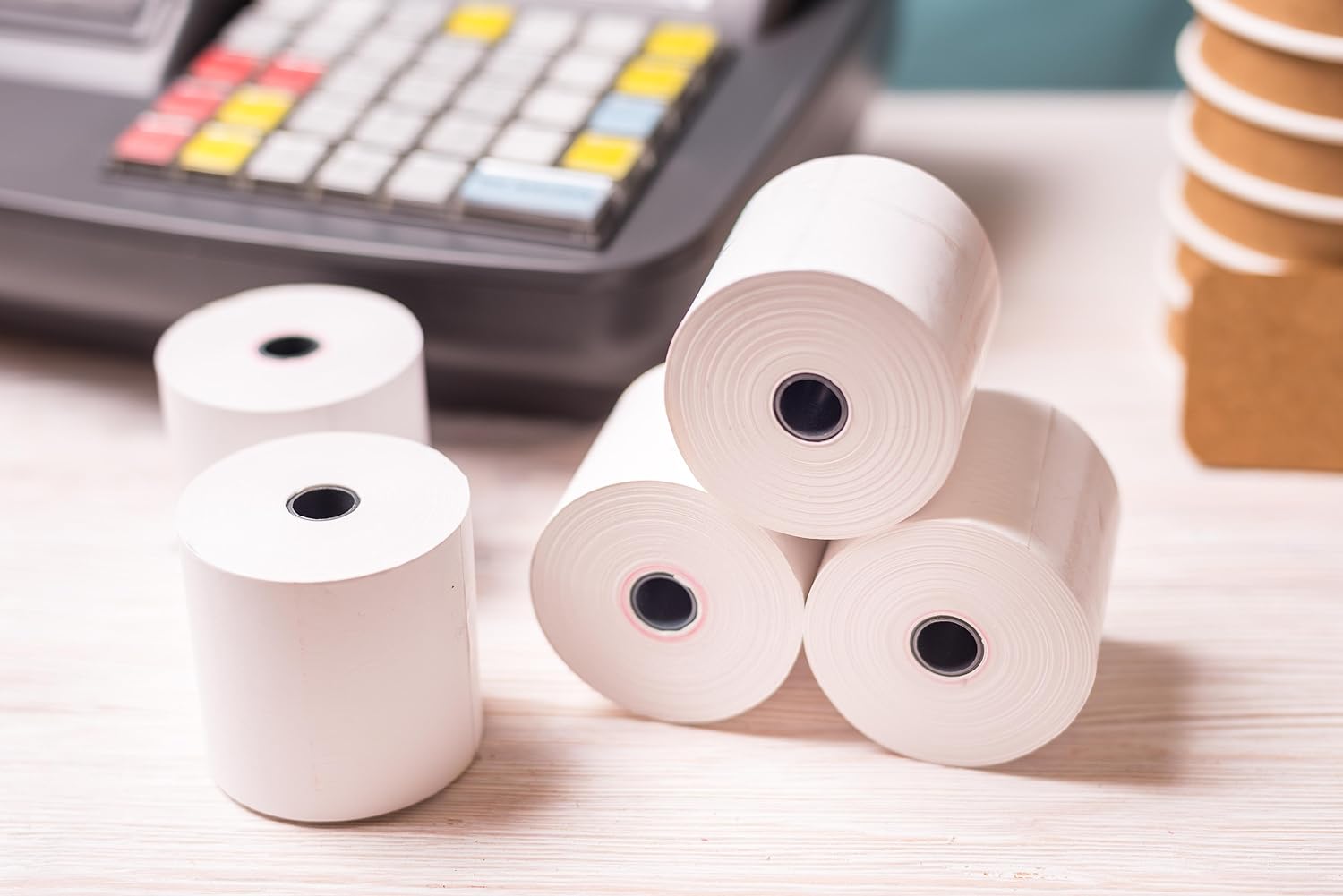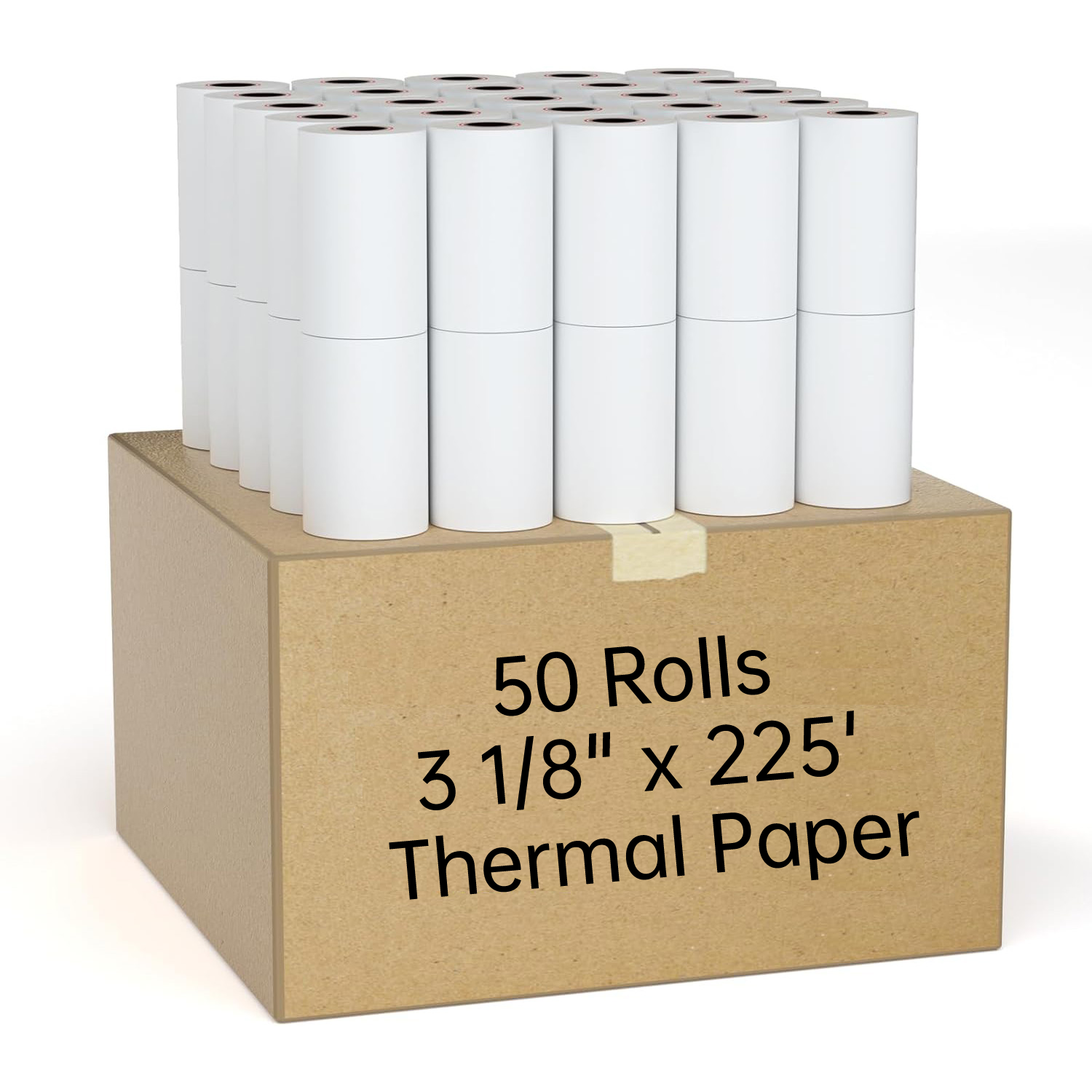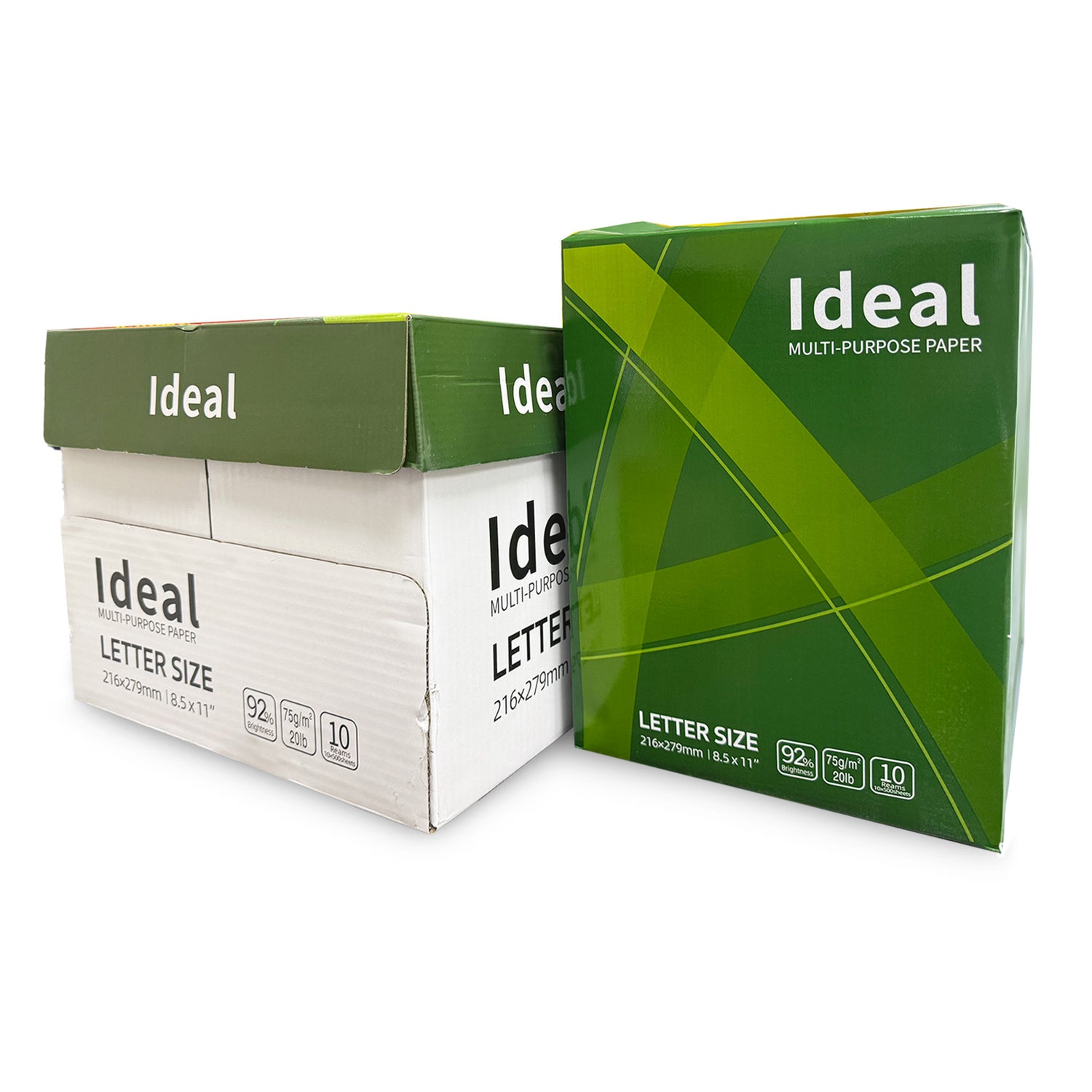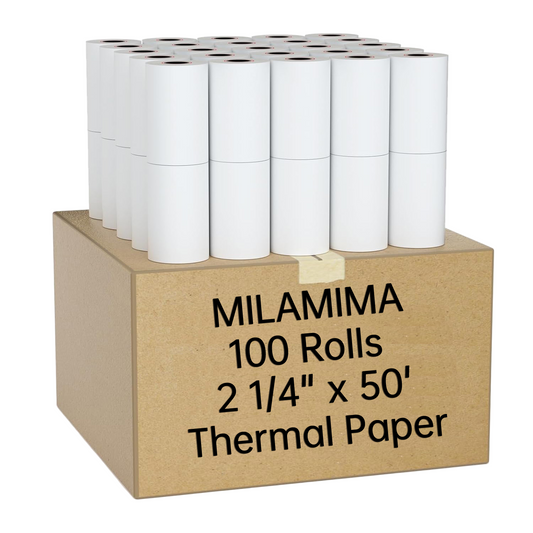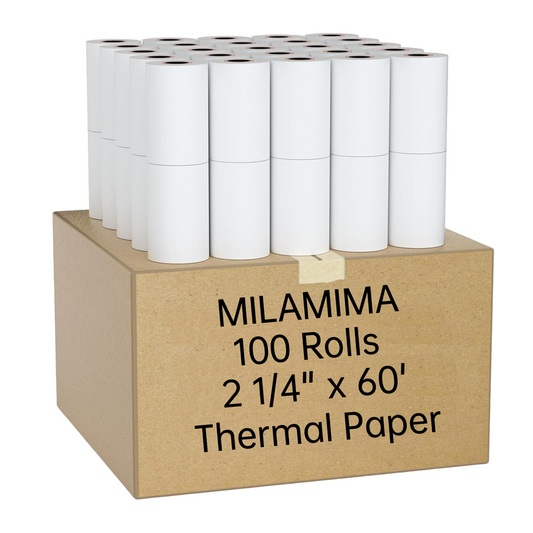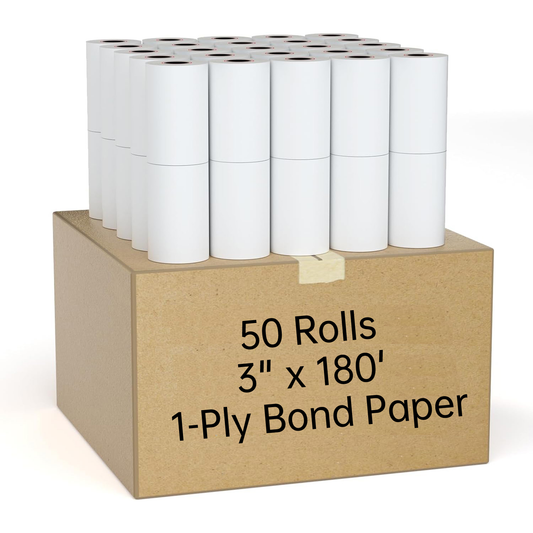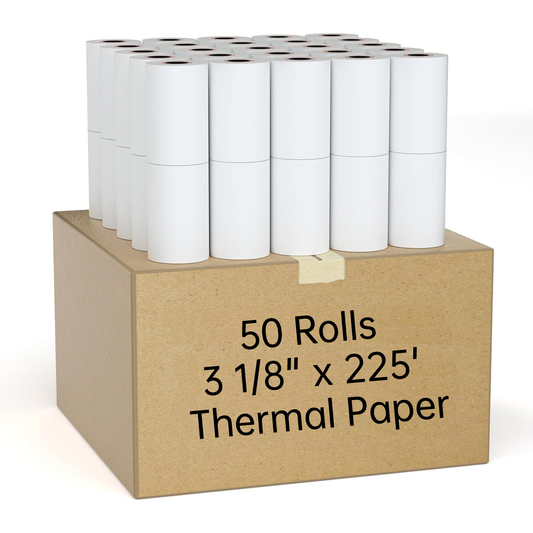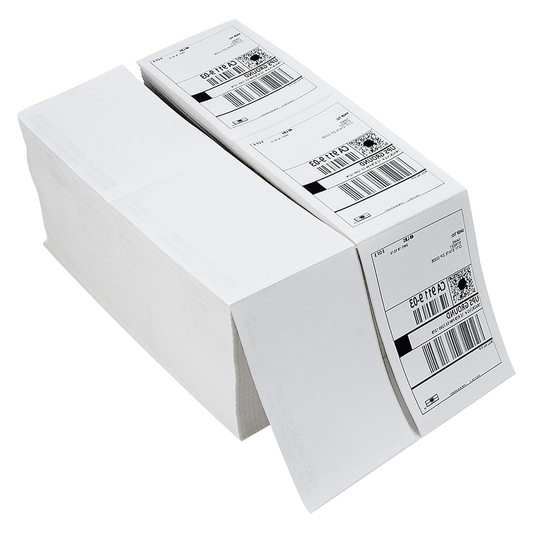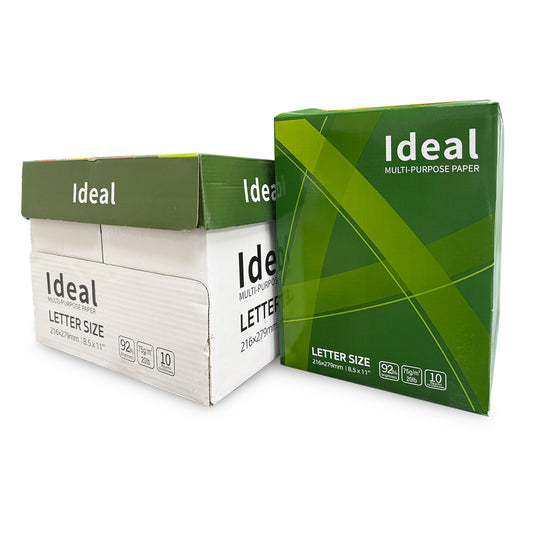Bathroom faucets are not just functional fixtures; they can also enhance the aesthetic appeal of your bathroom. Whether you're renovating your bathroom or simply looking to replace an old faucet, understanding the different types and installation processes is essential. This guide covers everything you need to know about bathroom faucets.
Types of Bathroom Faucets
1. Single Hole Bathroom Faucets
- Single hole faucets combine the spout and mixing handles into one unit, making them compact and easy to install.
- Ideal for smaller sinks or countertops where space is limited.
2. Widespread Bathroom Faucets
- Widespread faucets have separate hot and cold water handles and a spout, requiring three separate holes for installation.
- Offer a traditional look and are available in various styles and finishes.
3. Wall-Mounted Bathroom Faucets
- Mounted on the wall above the sink, these faucets create a clean, minimalist look.
- Perfect for contemporary bathrooms or vessel sinks.
4. Waterfall Bathroom Faucets
- Waterfall faucets feature a wide spout that allows water to flow like a waterfall into the sink.
- They create a dramatic visual effect and are often chosen for their unique design.
5. Matte Black Bathroom Faucets
- Matte black faucets have gained popularity for their modern and sophisticated appearance.
- They add a bold contrast to lighter bathroom fixtures and are easy to clean and maintain.
Popular Brands of Bathroom Faucets
1. Moen Bathroom Faucets
- Known for their durability and innovative designs, Moen faucets offer a wide range of styles to suit any bathroom decor.
- Moen faucets are often praised for their easy installation and reliable performance.
2. Delta Bathroom Faucets
- Delta faucets combine style and functionality with features like Touch2O technology for hands-free operation.
- They are known for their WaterSense certification, helping to conserve water without sacrificing performance.
Choosing the Right Bathroom Faucet
When selecting a bathroom faucet, consider the following factors:
- Style and Finish: Match the faucet's finish with other bathroom fixtures for a cohesive look.
- Installation Requirements: Determine whether you need a single hole, widespread, or wall-mounted faucet based on your sink and countertop configuration.
- Water Efficiency: Look for faucets with WaterSense certification to save water and reduce your utility bills.
Installing a Bathroom Faucet
Installing a bathroom faucet can be straightforward if you follow these steps:
- Prepare the Area: Turn off the water supply to the bathroom faucet.
- Remove the Old Faucet: Disconnect the water supply lines and remove the old faucet.
- Install the New Faucet: Follow the manufacturer's instructions to install the new faucet, ensuring a tight seal and proper alignment.
- Connect the Water Supply: Reattach the water supply lines and turn on the water to check for leaks.
Maintaining Your Bathroom Faucet
To keep your bathroom faucet in optimal condition:
- Clean Regularly: Wipe the faucet with a soft cloth and mild soap to remove dirt and prevent water spots.
- Check for Leaks: Periodically inspect the faucet and connections for any signs of leaks or corrosion.
- Replace Washers or Cartridges: If your faucet starts leaking, replace the washers or cartridges to prevent further damage.
Conclusion
Choosing and installing a bathroom faucet involves more than just functionality; it's about enhancing the overall design and efficiency of your bathroom. Whether you prefer the sleek look of a matte black faucet or the timeless appeal of a Moen or Delta design, understanding your options will help you make the best choice for your bathroom renovation or upgrade.


